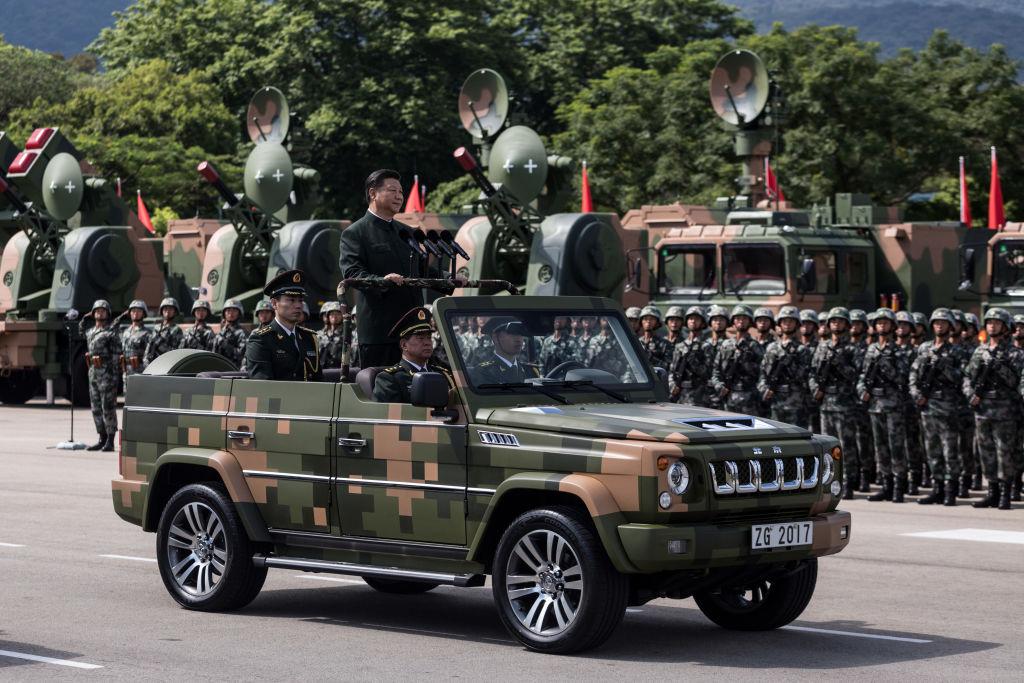Commentary
China’s military spending is larger than believed; Senate Minority Leader Mitch McConnell (R-Ky.) recently called for increasing the U.S. defense budget.

China’s military spending is larger than believed; Senate Minority Leader Mitch McConnell (R-Ky.) recently called for increasing the U.S. defense budget.